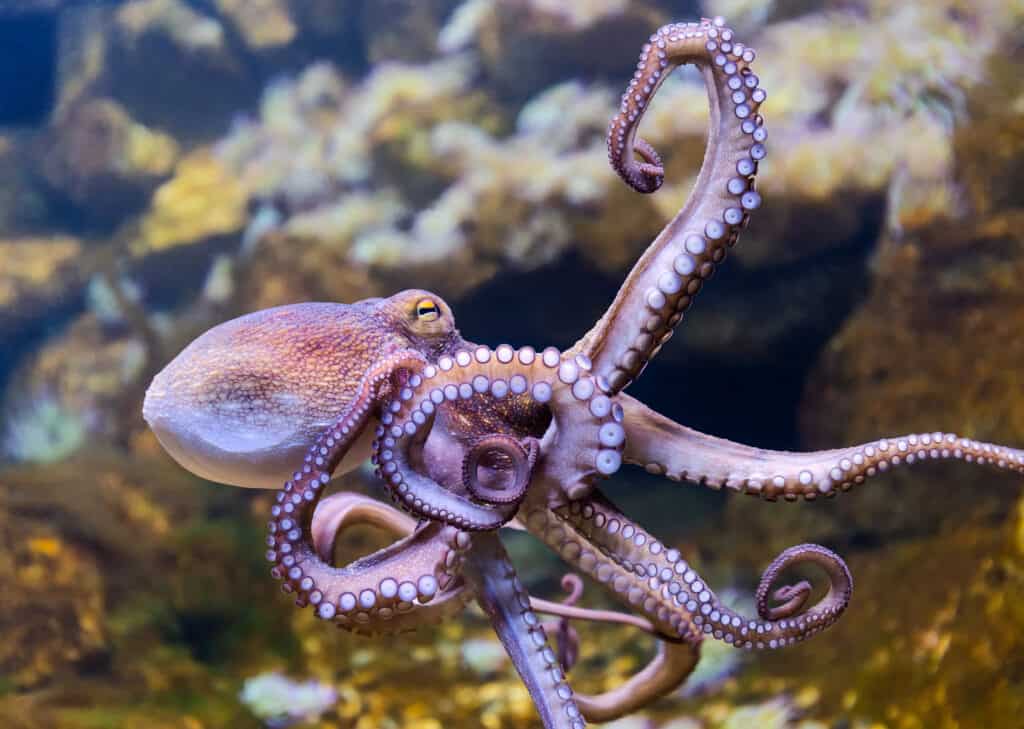Why do female wattled jacanas kill chicks?

Known for their striking appearance and unique behaviors, the wattled jacana (Jacana jacana) inhabit marshes, ponds, and shallow lakes in tropical regions of the Americas. One of the most perplexing aspects of their behavior, however, is the phenomenon of filial cannibalism, specifically observed among the females of this species.
A Closer Look at Wattled Jacana Reproduction
Unlike many of their avian counterparts, the wattled jacanas embrace a polyandrous mating system, a strategy that defies conventional norms and sets the stage for a distinctive social structure.
During the mating season, females will mate with multiple males, who then take on the responsibility of incubating the eggs and caring for the chicks. The females, having chosen their mates, proceed to establish and defend territories that provide optimal conditions for raising their young. These territories often consist of densely vegetated areas with abundant resources, including food sources and safe nesting spots.
The Polyandrous Puzzle
Polyandry, a rarity among birds, flips traditional gender roles on their head. In the world of wattled jacanas, females adopt a proactive role in selecting and defending territories, engaging in intense territorial disputes with other females. This territorial aggression is not merely for the sake of securing a nesting site but is intricately linked to the availability of resources and the subsequent success of their offspring.
The polyandrous mating system and the associated role reversal in parental responsibilities among wattled jacanas are remarkable adaptations to their specific environmental challenges. This reproductive strategy is finely tuned to the wetland habitats they inhabit, where resources can be spatially and temporally variable.
The intricacies of polyandry also manifest in the courtship rituals of wattled jacanas. Males, adorned with vibrant plumage and elaborate wattles that give them their name, engage in intricate displays to attract the attention of females. Successful courtship involves more than just visual displays; vocalizations and behaviors contribute to the selection process, showcasing the importance of communication in the dynamics of jacana reproduction.
As the females take charge of territory selection and mating decisions, a unique social hierarchy emerges. The success of a male in attracting and retaining a mate is closely tied to his ability to create and defend a suitable territory. The consequence of this polyandrous system is a delicate balance of power and resource access that ultimately influences the fate of the next generation of wattled jacanas.
The Mystery of Filial Cannibalism
The phenomenon of filial cannibalism in female wattled jacanas is a puzzle that has captivated the attention of researchers and ornithologists alike. As we delve deeper into this mysterious behavior, it becomes evident that the complexities of the avian world are not limited to physical characteristics and mating rituals but extend into the intricacies of parental care.
The Shocking Observation
Researchers were first taken aback by the shocking observations of female wattled jacanas engaging in filial cannibalism within their own broods. This behavior, seemingly at odds with the nurturing instincts commonly associated with maternal care, sparked a cascade of questions about the underlying motivations and adaptive significance of such actions.
Environmental Influences
Some scientists posit that these actions may be a response to external pressures such as food scarcity. In environments where resources are limited, the ruthless elimination of weaker offspring could be a strategy employed by female wattled jacanas to maximize the chances of survival for the remaining chicks.
Resource Allocation Hypothesis
Another theory proposes that filial cannibalism is a form of resource allocation by the female. By eliminating some of the chicks, the female can redirect her energy and resources towards producing a smaller number of higher-quality offspring. This strategy aligns with the idea of maximizing overall reproductive success, even at the cost of a few individuals within the brood.
Social Dynamics and Competition
The polyandrous mating system of wattled jacanas, characterized by females mating with multiple males, introduces a competitive dynamic among the females. The competition for prime nesting territories can be fierce, and the resulting stress and aggression may spill over into the brooding period. Filial cannibalism could serve as a mechanism to assert dominance and ensure the survival of the fittest offspring.
Intraspecific Competition
In addition to external factors, intraspecific competition among the chicks themselves may contribute to filial cannibalism. The struggle for limited resources within the nest could drive aggression among siblings, leading the dominant chicks to eliminate their weaker counterparts. This behavior could be an instinctive response ingrained in the genetic makeup of wattled jacanas, honed by evolutionary pressures.
The Evolutionary Implications
One of the key factors influencing the evolution of filial cannibalism in wattled jacanas is the concept of reproductive trade-offs. The female wattled jacana, in its polyandrous mating system, invests heavily in securing and defending territories. By engaging in fierce competition for prime nesting sites, females establish a dominance hierarchy that plays a pivotal role in shaping the breeding dynamics within the population.
From an evolutionary standpoint, filial cannibalism could be viewed as an adaptive strategy employed by female wattled jacanas to maximize their overall reproductive success. This behavior may act as a form of resource allocation, allowing females to redirect their energy and resources towards producing a greater number of viable offspring. By sacrificing a portion of their brood, females may ensure the survival and success of the remaining chicks, contributing to the propagation of their genetic lineage.
Furthermore, environmental factors play a crucial role in shaping the evolution of filial cannibalism. In habitats where food resources are unpredictable or scarce, female wattled jacanas may employ filial cannibalism as a response to the challenges of raising offspring in challenging conditions. By culling weaker or less viable chicks, females enhance the chances of the remaining chicks reaching maturity and successfully reproducing in the future.










